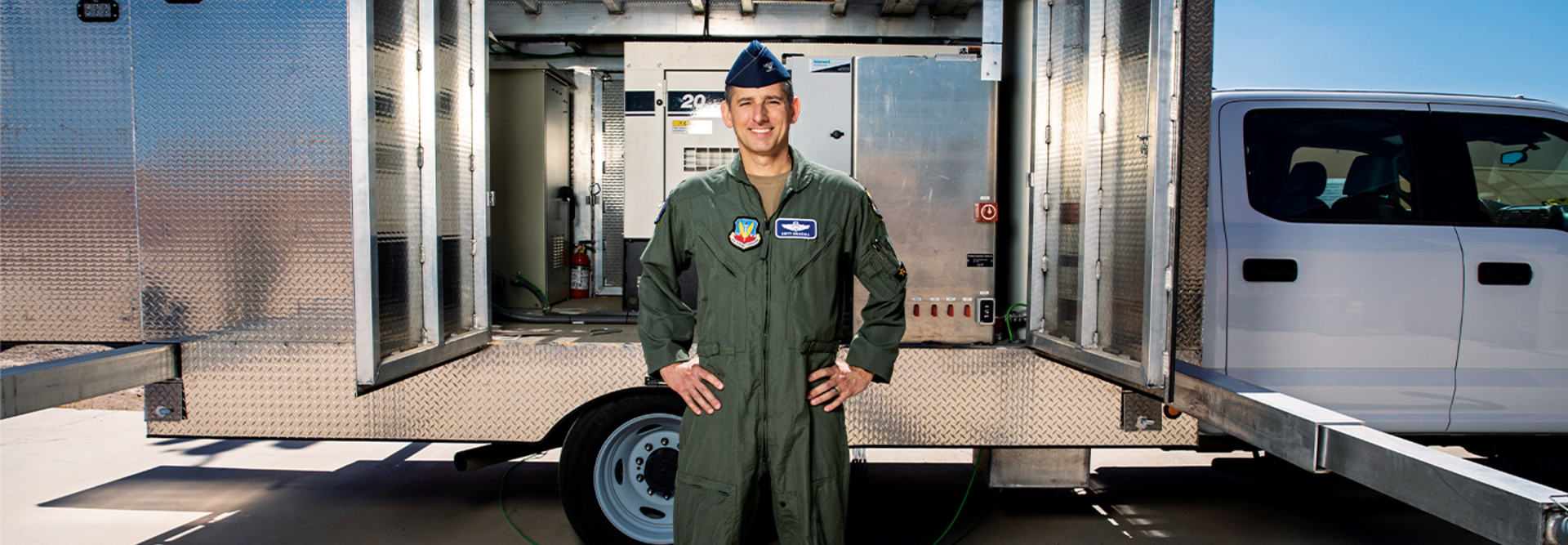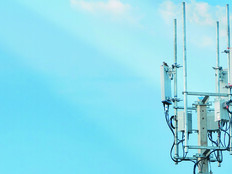5G Supports the Deployment of Innovative Tech for the Military
Fifth-generation wireless technology, or 5G, uses conventional frequencies below 6 gigahertz, but also uses the millimeter frequency portion of the electromagnetic spectrum, known as the mmWave portion, between 30GHz and 300GHz.
This portion of the spectrum can handle data speeds anywhere from 10 to 100 times faster than current wireless speeds. It also has more bandwidth, so it can support more devices at one time, and much lower latency, the time it takes for a signal to travel between two points.
For consumers, the speed of 5G networks may vary. However, for the DOD implementation, military organizations are working directly with carriers to create custom 5G networks to support specific operations. The National Institute of Standards and Technology is setting 5G standards for all federal agencies, and sponsoring the 5G mmWave Channel Model Alliance, an international research consortium created to advance 5G standards and facilitate knowledge sharing.
Driscoll says that 5G can play a role in keeping C2 assets safe during battle. “Our current air operations centers are large buildings that centralize hundreds of Air Force operators and key leadership critical to directing air operations,” he says. “A fixed building is vulnerable.
“But with 5G, we can disaggregate C2 and make it agile, mobile and difficult to target,” he says. “The concept is to connect sensors for all domains — land, air and space — and feed that common operating picture via a data cloud so that operators can connect to and direct operations from anywhere.”
The Air Force is also moving toward a software-based modernization of its aircraft. Right now, older planes have little interoperability as newer aircraft join the service. Driscoll would like to see future planes outfitted with software that could be updated instantly.
“It’s all about adapting to the threat,” he says. “Say there’s radar that’s jamming our planes’ onboard systems. A 5G communications system will be able to update the jet’s software to overcome the radar’s jamming signal.”
DIVE DEEPER: Why network security can’t be an afterthought with 5G.
5G Attributes Aid the Air Force and Navy
The unique attributes of 5G make it ideal for the agility and speed needed for combat. Theodore Rappaport, founder of the NYU WIRELESS research center, co-wrote a paper for IEEE Access that discusses LAN configurations for 5G in the military and how higher-band mmWave technology can contribute to high data rates while simultaneously achieving covertness.
“[Because 5G utilizes] a wide swath of the spectrum at the mmWave level, data can move quickly to different parts across a vast amount of spectral bands,” Rappaport says. “Using a wideband signal in these different spectral regions, highly adaptive antennas help focus these beams on specific targets, making it difficult to find or jam the signal.”
At Naval Base Coronado, military staff, civilian scientists and engineers from the Naval Information Warfare Center Pacific and Naval Supply Systems Command Fleet Logistics Center San Diego are spearheading a first-of-its-kind effort to create a 5G smart warehouse.












